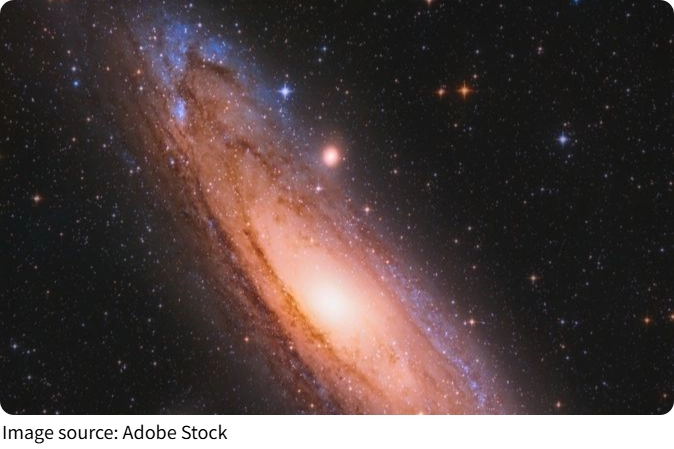Planet Ring Formation

Protoplanetary disks are the cradles where baby planets are born. These disks surround young stars and contain a vast amount of material needed for planet formation. The main ingredients?
Tiny solid particles known as pebbles, which are about the size of millimeters or even smaller. But here's the big question: how, where, and when do these planets actually begin to form in these disks?
Rings Inside the Disk Hold the Key
Over the past decade, astronomers have been using the Atacama Large Millimeter/submillimeter Array (ALMA) in Chile to capture incredible images of protoplanetary disks. Surprisingly, instead of finding pebbles spread out evenly in the disks, they noticed that the pebbles gather in one or more ring-shaped structures. These rings aren't just beautiful cosmic patterns—they might be the key to understanding how planets are born!
Simulations Show Planets Grow Faster in Rings
Using N-body simulations (which track how multiple objects interact over time), we calculated the possibility of these rings producing planets. The results were fascinating! The conditions within the rings are ideal for growing planets. A baby planet can quickly grow by pulling in pebbles from the surrounding ring. But here's where it gets interesting: what happens next depends on how the planet moves.
Two Possible Outcomes for Baby Planets
If the baby planet stays trapped in the ring or stays close to it, it can grow too big and destroy the ring. But if the planet manages to migrate inward, it leaves enough space for its smaller “siblings” to grow. This process can lead to the formation of a chain of planets within the disk. Imagine a cosmic conveyor belt, where planets grow, migrate, and move away from the rings over time.
Rings and Planets—Who Came First?
Our results offer a new perspective on the relationship between planets and the ring structures inside protoplanetary disks. Many people think these rings form after planets carve them out of the disk. In other words, planets have to exist first. But in our earlier work, we proposed a different explanation. We found that these rings can form naturally without planets, thanks to the way dust and gas interact. As pebbles move through the disk, they can bunch up, creating dense and ring-like structures.
Can Multiple Planets Form Without Destroying the Rings?
Our latest research suggests that multiple planets can form from these rings without destroying them. This means that the rings could be the birthplaces of many planets in systems where we observe massive, long-period planets. So, do planets create the rings, or do the rings create the planets? It's a cosmic “chicken or egg” situation—and the answer might be both!

What Does This Mean for Planet Formation?
These findings not only deepen our understanding of how planets form but also provide insight into planetary systems beyond our own. If rings can give birth to planets without being destroyed, this means that distant star systems with similar rings might also be rich with planets. This discovery changes how we think about the early stages of planetary evolution and opens up exciting new possibilities for understanding the universe.
Lykkers, What Do You Think?
So, Lykkers, what do you think? Do you believe planets form first and carve out the rings, or do the rings themselves give birth to planets? Either way, the mystery of planet formation is far from over, and the universe still has many secrets waiting to be uncovered!
-
 The Rise of Smart MaterialsThe Rise of Smart Surfaces: How Clothes, Furniture, and Buildings Are Becoming Self-Cleaning, Germ-Fighting, and Climate-Responsive
The Rise of Smart MaterialsThe Rise of Smart Surfaces: How Clothes, Furniture, and Buildings Are Becoming Self-Cleaning, Germ-Fighting, and Climate-Responsive -
 Smart Factory AssistantsHow Intelligent Robots Are Revolutionizing Manufacturing—And What’s Coming Next Will Amaze You!
Smart Factory AssistantsHow Intelligent Robots Are Revolutionizing Manufacturing—And What’s Coming Next Will Amaze You! -
 Turning Waste to WaterFrom Sewer to Sip: How Cutting-Edge Tech Turns Wastewater Into Safe Drinking Water
Turning Waste to WaterFrom Sewer to Sip: How Cutting-Edge Tech Turns Wastewater Into Safe Drinking Water